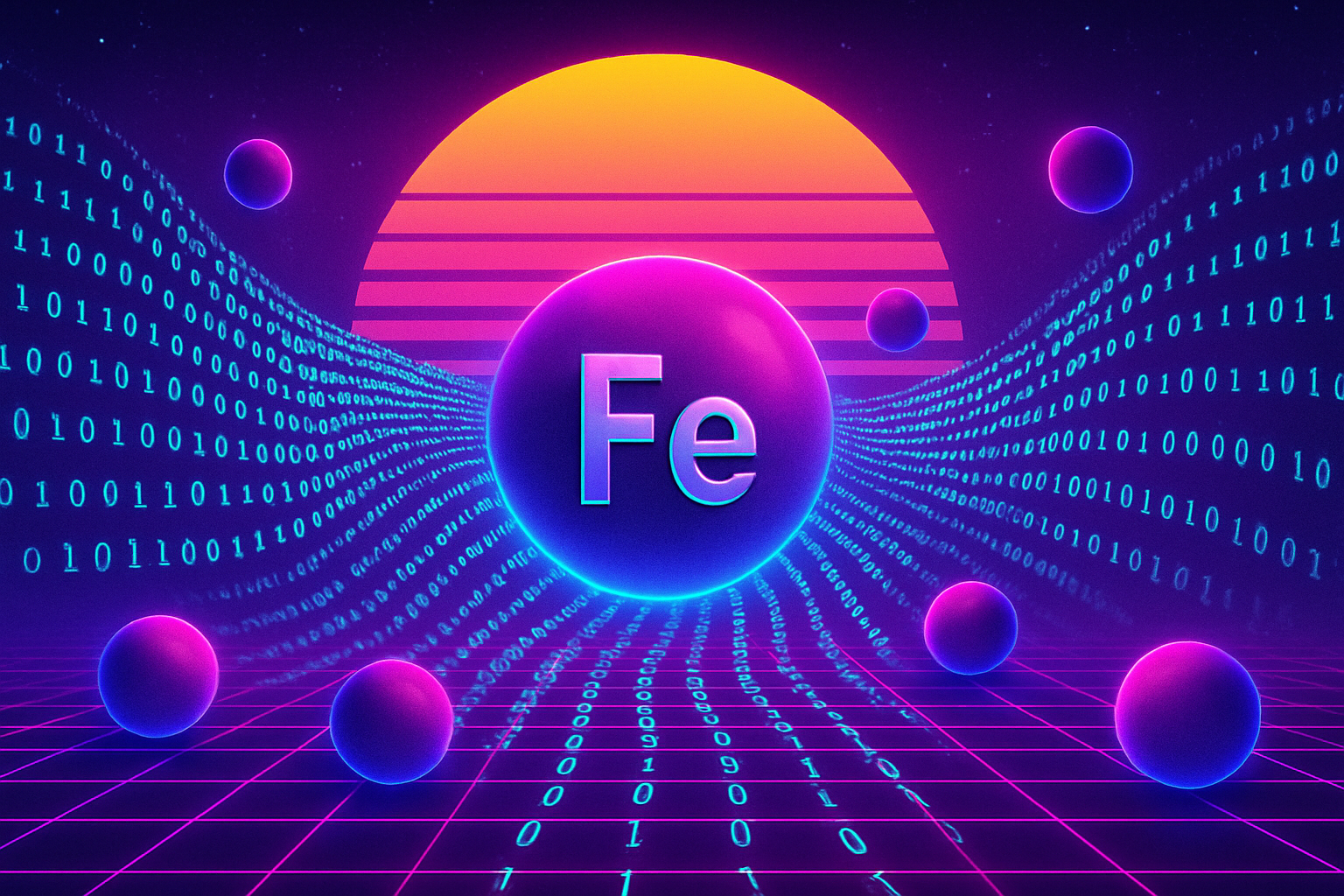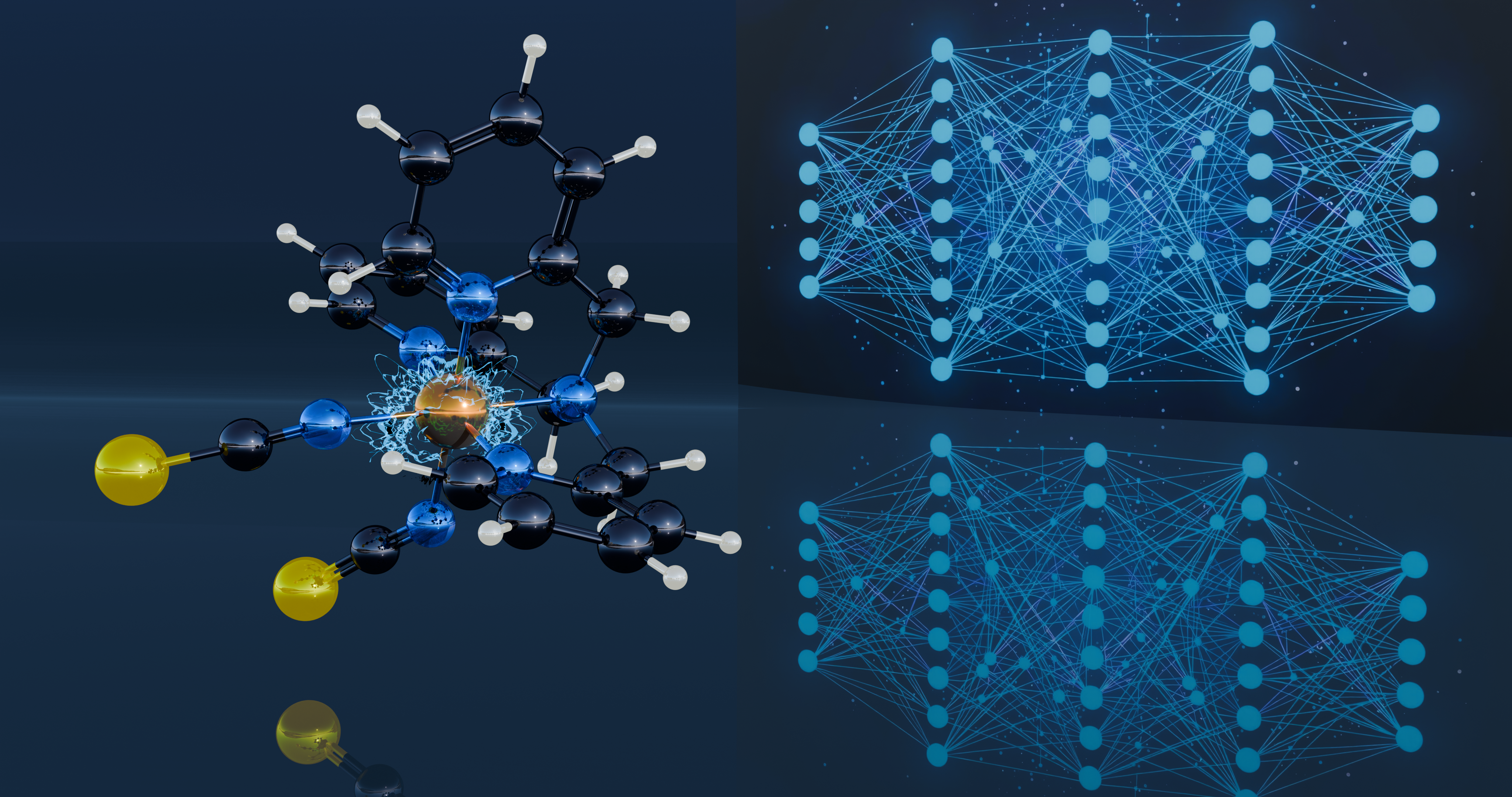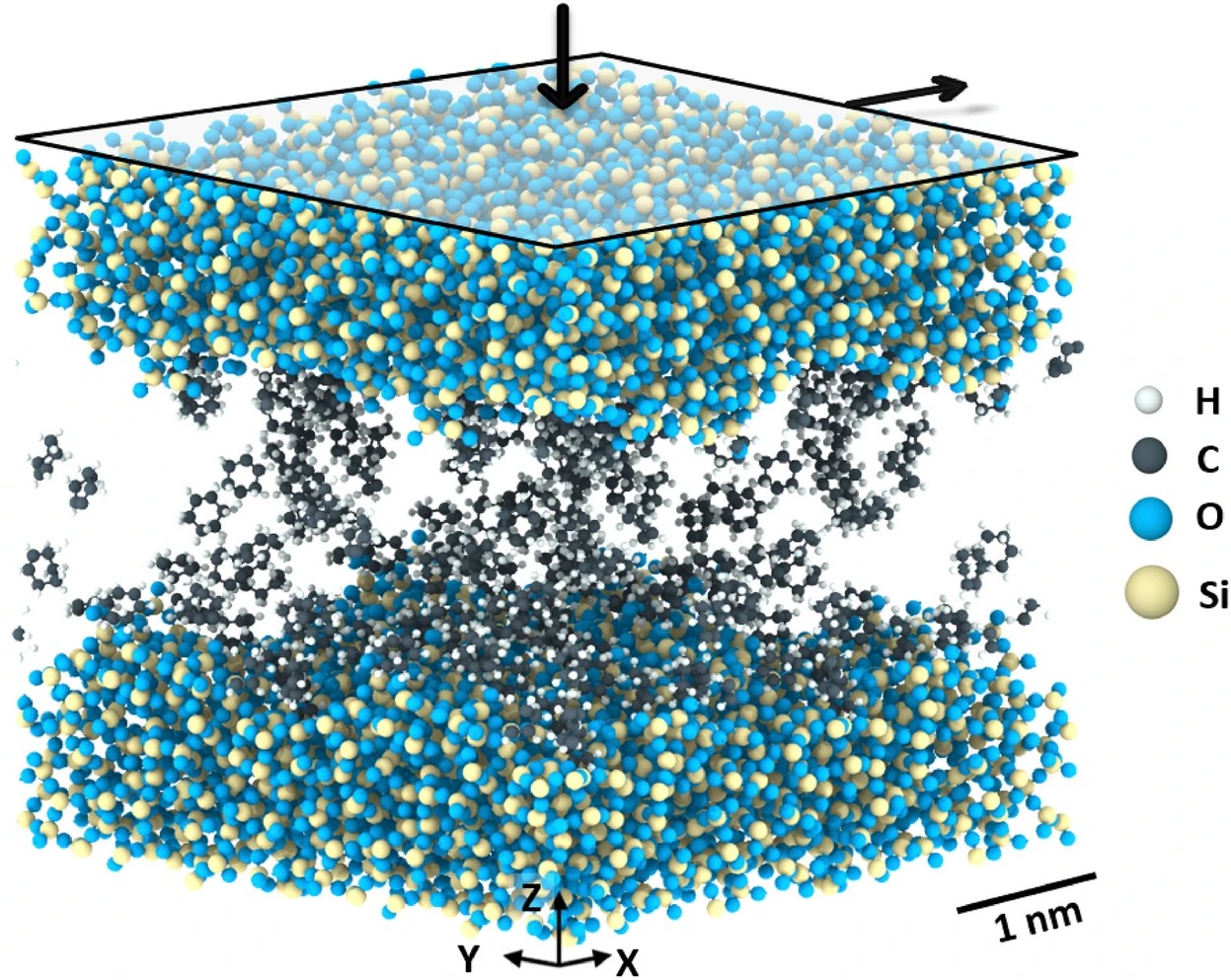ML-Forcefields for Molten Salts
This project focuses on the development of advanced machine learning-based interatomic potentials (forcefields) for simulating molten salts. Traditional forcefields often fail to accurately capture the complex interactions in these systems, especially when transition metals are present. By leveraging machine learning techniques, we can create highly accurate models that learn from high-fidelity quantum mechanical data. These models are capable of predicting the forces between atoms with unprecedented accuracy, enabling large-scale molecular dynamics simulations that were previously intractable.
The primary goal is to enable reliable simulations of molten salt reactors and thermal energy storage systems. The forcefields developed in this project allow for the detailed study of structural and dynamic properties of these materials, such as viscosity, thermal conductivity, and diffusion coefficients. This work is crucial for understanding the corrosion mechanisms in next-generation nuclear reactors and for designing more efficient and safer energy systems. The insights gained from these simulations provide direct support to experimental efforts and accelerate the materials discovery process.


